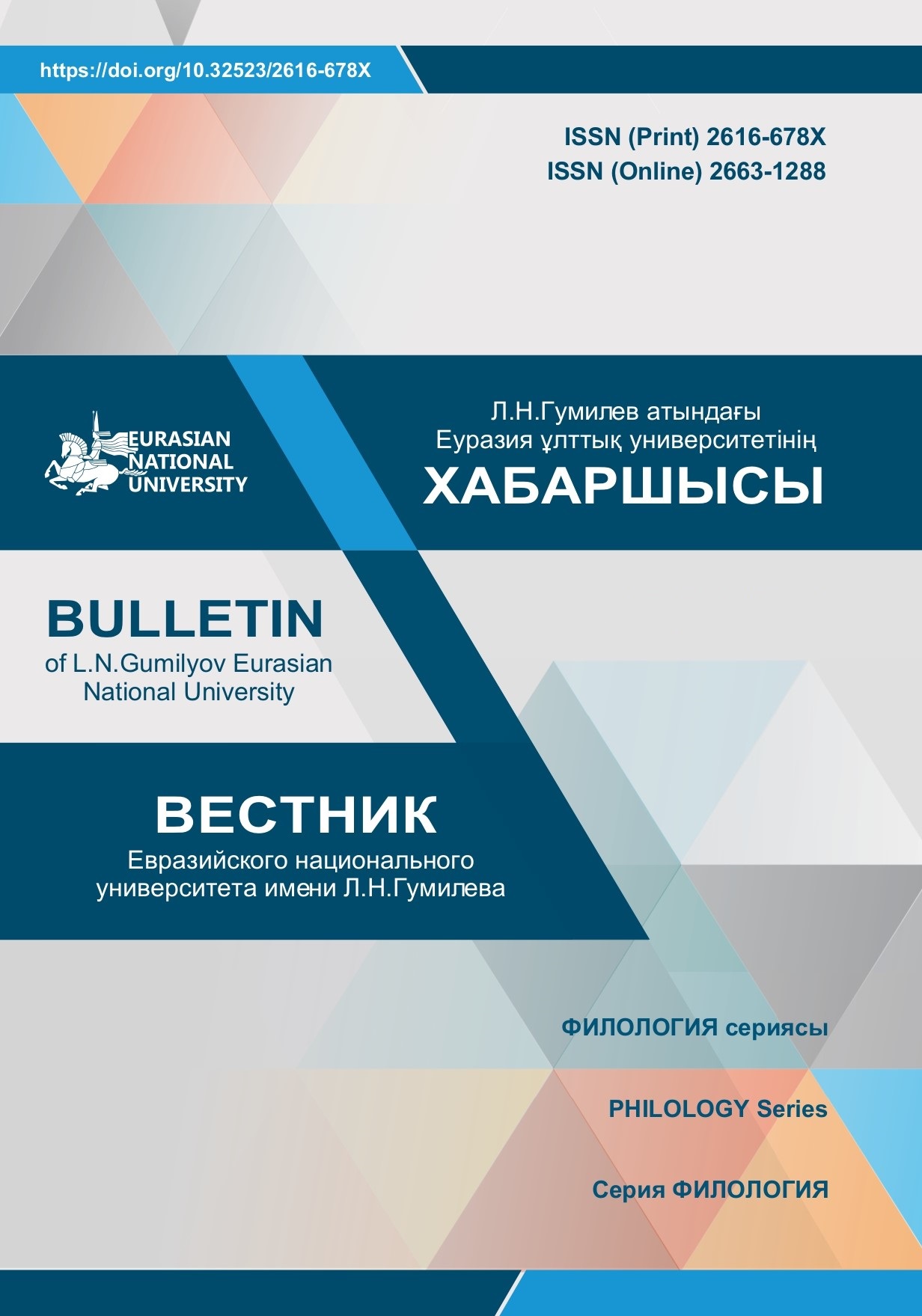The word-formation character of women jewelry nominations
Views: 292 / PDF downloads: 539
DOI:
https://doi.org/10.32523/2616-678X-2023-144-3-100-110Keywords:
analytical approach, word formation, linguistic analysis, spiritual and material culture, title, etymologyAbstract
Jewelry is a national work of art that has been developed and shaped over the centuries, passed down from generation to generation, an inexhaustible source of traditional and folk art. Whatever the folk craft, its history is closely intertwined with the social structure, customs and traditions.
Jewelry is a relic that carefully preserves the originality of artistic images, and regardless of how many centuries have passed, it is passed down from generation to generation as a legacy. This art is not only a special value in our national culture, but also, on the one hand, takes place in the rich lexical fund of our language. On the other hand, as an indicator of spiritual, philosophical, aesthetic views, it is very important in raising the younger generation in the national spirit, in mastering folk creativity and traditions. Applied art in our national culture reflects the harmonious development of the history of our people, its national identity, worldview.
The purpose of the research is to reveal the word-formative nature of jewelry product names. The article makes an analysis for this purpose, on the basis of which it is confirmed that most of the names related to women's fashion were created using an analytical approach. In our language, some decorative names are rarely used, so there are cases where they are obsolete words, and sometimes their meaning can be understood only within the context of the text. Therefore, it is said that it is important to make linguistic analyzes of the names of decorative products.







